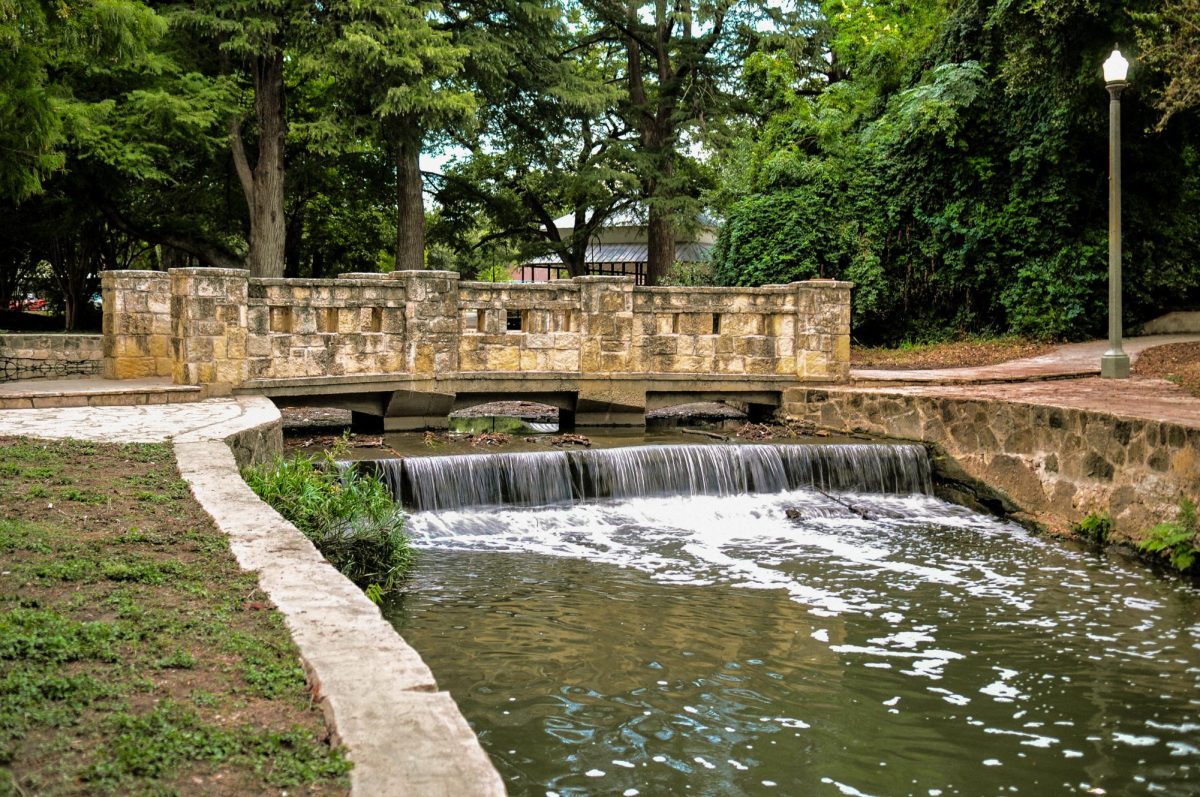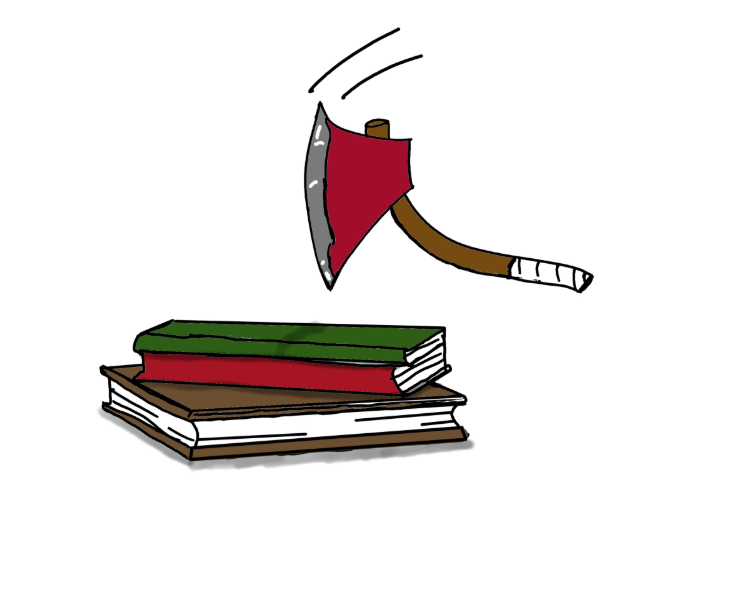This article was updated on 11/7/2023 to provide additional information from Brackenridge Park Conservancy.
The Urban Bird Project hosted the Brackenridge Park Guest Panel on Thursday to bring awareness to the environmental crisis that has been occurring at the park due to the Brackenridge Park bond project. Although the project aims to restore several historic structures and redevelop the park, panelists spoke out about the environmental and cultural setbacks that the Brackenridge Park Bond project has caused.
The panelists included Alesia Garlock, a citizen scientist and community defender; Gary Perez, minister of education, training and research for the Indigenous Government of Coahuila; and Greg Harman, writer and co-editor for Deceleration News. The panel began with all three guests introducing themselves, explaining their roles in fighting against the ongoing project and going into deeper detail about its detrimental impact on the park.
One of the main concerns that was brought up in the panel is the local government’s approval to remove around 40 trees in the park despite objections from activists and residents in the area. It was discussed how this would impact the park’s landscape and water source, as well as the wildlife that resides in those trees.
Garlock presented her own documentary-like video portraying the Department of Agriculture causing harm to the park’s avian species. The video showed birds being shot at with cartridges and individuals using wooden blocks to chase them out of trees, causing a major disturbance to the park’s wildlife.
“[Brackenridge Park] is a birding place that birds have come for years, and they just want to wipe them out,” Garlock said. “It is a working ecosystem, and they’ve cut out one big piece, which is the birds nesting. Somewhere along, it’s going to collapse.”
Another significant issue that was brought up within the panel was the destruction of a sacred place for indigenous people. Earlier this month, Harman published an article speaking out about an ongoing lawsuit between the city and fellow panelist Perez, who shared that the removal of these trees would waive the protection of their religious rights. Perez spoke out about the difficulties that came with fighting for their rights at Brackenridge Park.
“[The city] is now having to fight us in federal court because they’ve violated our civil right to pray in a very special place in the world,” Perez said. “The general public wasn’t supposed to know this stuff outside of our culture or the ceremony, for that matter, but we had to let it out; we had to say it. Right now, that puts us in a vulnerable position.”
The panel provided information on Brackenridge Park, shed light on the environmental crisis that is currently transpiring and asked for support from UTSA students and the public to help spread awareness on the issue.
“We need citizens, regular citizens and residents, to be involved in these decisions. People who have been fighting this,” Garlock said.
If you are interested in supporting this issue, follow the Save Brackenridge Park page on Facebook or sign the petition at change.org/OurParkSAT.
Updated 11/7/2023:
Considering recent events, Brackenridge Park Conservancy (BPC), a nonprofit organization, reached out to The Paisano in response to the guest panel to provide additional information regarding the other side of the story.
“Right now, there is a lot of diverse rhetoric regarding the park; unfortunately, much of this is due to misinformation,” read the email. “We are working to make sure the community understands what is happening, why, and [we are] inviting people to come together to work towards solutions.”
The main points that the organization wanted to cover were bird mitigation and the park being a sacred space for Indigenous worship. Regarding the issues surrounding the avian species that live in the park, the BPC stated that there is an overpopulation of birds in the area that is affecting the health and water quality, and species that are labeled as detrimental are not being harmed but redirected. Species such as egrets, cormorants and herons migrate through the park over 7-8 months, and San Antonio has put holds on these mitigation efforts due to the large number of birds that are entering the park, creating a health hazard due to extensive fecal matter.
Other information that was provided was an Ecological Site Assessment that was done in 2018, which provided an overview of the plant communities, soil conditions and analysis of the park’s drainage system and its relationship to the surrounding area that noted the decrease in water quality. BPC also used the Cultural Landscape Report, a technical document that is grounded in multiple disciplines and research, as additional information pertaining to fecal waste. Lastly, the BPC wanted to specify that the bird mitigation was approved by the USDA and the Texas Parks and Wildlife Department as a way to migrate the birds to another location.
The email goes on to give further information on the park being a sacred space for Indigenous communities. The BPC response to the redevelopment of the park is due to many of the areas being dilapidated. Many of the areas that are going to be restored include the historic 1878 Water Work Pump House, the Lambert Beach river walls and the uncovering of the 1776 Spanish colonial dam. It is stated that San Antonio is following the Department of Interior Standards and Guidelines for Preservation, Rehabilitation, Restoration & Reconstruction for Historic Properties. In regard to the recent lawsuit between Native American activists and the City of San Antonio, it was ruled that plaintiffs were granted access to an hour of religious services with groups involving 15-20 people on specified dates regarding the plaintiff’s spiritual beliefs.
If you would like to learn more about the BPC and its role within the Brackenridge Park project, click on the link, dropbox.com/s/spisdgwqpnurpp3/FAQs.docx?dl=0, to be redirected to their FAQ document.









